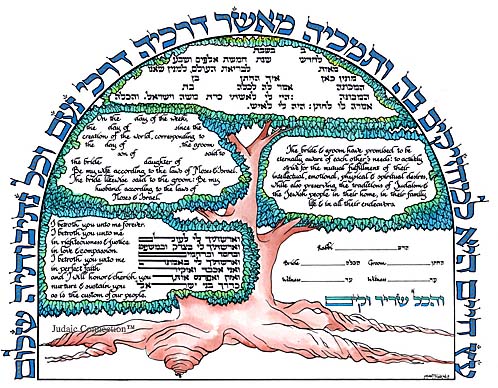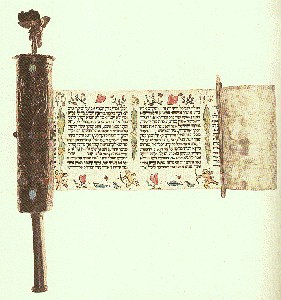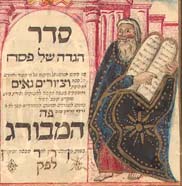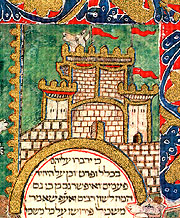
eyeMindCandy
Site Map | Quotes | Glossary | Co-Teachers - Doug and Melissa | Gallery
E-Mail Doug at mrdoug@aznet.net or Melissa at mjmckinstry@earthlink.net
Life must be lived forward, but understood backward.
- Kierkegaard

eyeMindCandy
Site Map | Quotes
| Glossary | Co-Teachers -
Doug and
Melissa | Gallery
E-Mail Doug at mrdoug@aznet.net
or Melissa at mjmckinstry@earthlink.net
Life must be lived forward, but understood backward.
- Kierkegaard
Links to additional
information on illuminations
Illumination - illustrated texts
Style followed host country

The style, late 9th century to present, followed the host country in which Jews resided, earliest, from Muslim countries, resembled Koran illumination. Geometric interlaces.
A full historiated page of Moreh Nevukhim by Maimonides in the Hebrew manuscript collection of the University of Leiden (fol. 133a), with an interlaced pattern such as is found in many levantine cultures.
http://www.colophon.com/gallery/minsky/moreh2.htm
Decorated contracts and documents

After the Renaissance, the ketubah (marriage contract), the Scroll of Esther, and smaller prayer books were popular illuminated works.
http://www.judaicconnection.com/k_artist_weis/k_weis_tree_of_life_lg.htm
Flowers, cupids, and story telling

Written on seven segments of parchment by more than one Ashkenazi hand, this megillah (scroll) is illuminated with pink hearts and roses, other floral motifs in green and turquoise, and yellow cupids with bows and arrows. Its ornate silver cylindrical case, set with jewelled hearts and beads, is chased with two scenes of King Ahasuerus and Esther on a couch, and a verse in Hebrew (Esther 2:17).
Megilat Ester. [Scroll of Esther] Manuscript. Western Europe, 20th century.
http://nlc-bnc.ca/dl/1997/incunab/echap18.htm - link no longer available
Figures and symbolism
Figures were introduced, especially in the Haggada (service book for the Passover home ceremony), which was influenced by 13th-century illustrated French Bibles.
The Kittsee Haggadah (1768).Written by Hayyim son of Rabbi Asher Anshel of Kittsee.
http://www.booksinternational.com/hags.htm - link no longer available
Themes copied
Kittsee Haggada – Seder hagadah shel pessach Facsimile Haggadah of the Haggadah of the town of Kittsee (near Pressburg) of 1770.
http://www.booksinternational.com/hags.htm - link no longer available
Folk-art style

This illuminated work on parchment was produced by Jankew Sofer of Berlin at Hamburg/Altona in 1740/41. It was renovated by Israel Kornik of Dessau in 1841. Its oil miniatures also follow the illustrations found in the Amsterdam Haggadah of 1712, but here utilize a folk-art style found in several haggadot printed in Germany during the early 18th century.
Haggadah. Hamburg.
http://www.cn.huc.edu/libraries/haggadahs/
Handwritten text accented with gold.

Executed almost twenty years before the final expulsion of the Jews from Spain in 1492, at a time when they were already being harassed by the Spanish Inquisition, this manuscript shows what great importance the Jewish communities attached to the perpetuation of their heritage by investing in the production of an accurate and beautifully adorned Bible.
A Castilian castle inhabited by 'rats'.
http://www.facsimile-editions.com/kb_page.htm - link no longer available
Illustrated medieval manuscripts
Embellishment and illustration to enhance the pages of a medieval manuscript.
Art tells a story
Artistic illustrations portray the story of Jonah and the whale.
Micrography – words become art

The most creative aspect of decorated Hebrew manuscripts throughout all ages has been its micrography.
Micrography is the forming of pictures of persons or objects with the words in tiny letters of verses appropriate to the subject.
Thus the story of Jonah, the reluctant prophet, the boat, the fish, the ocean are all formed from the words of the biblical book bearing his name. it was fashioned by Moses Elijah Goldstein in 1897 and presented to Herr Gustave May, ("The Ship of Jonah," Micrography, 1897, Hebraic Section, Library of Congress Photo).
http://www.us-israel.org/jsource/loc/Micrography.html
Tell a story
Make sure the design supports the content
Maintain text readability
Create simple repeat patterns – fish, flowers, fruits, geometric shapes
Draw a scene depicting the story
Use bright colors
Have fun!
Links to
additional information on illuminations
A digital gallery of Medieval illuminations - gives an introduction and use of imagery to support the beliefs of the church with lots of illustrations. - http://www.mnemosyne.org/business/mss/browsekb/opening_uk.html
The history of illuminations - addresses the beginning of texts from papyrus to parchment and the evolution of books - http://www.enluminure.com/englishhistory.htm
Time-Table (Chronological) of Books - gives the year, keyword(s), and related historical event, e.g., 3500 BCE - Sumerian clay tablets - Sumerians use cuneiform alphabet, pressed in clay with a triangular stylus. Clay tablets were dried and/or fired for longevity. Some even had clay envelopes,' which were also inscribed. Some people consider them to be the earliest form of the book. - http://www.xs4all.nl/~knops/timetab.html
Every great work of art has
two faces, one toward its own time and one toward the future, toward
eternity. - Daniel Barenboim
|
|
Melissa and I would like to |